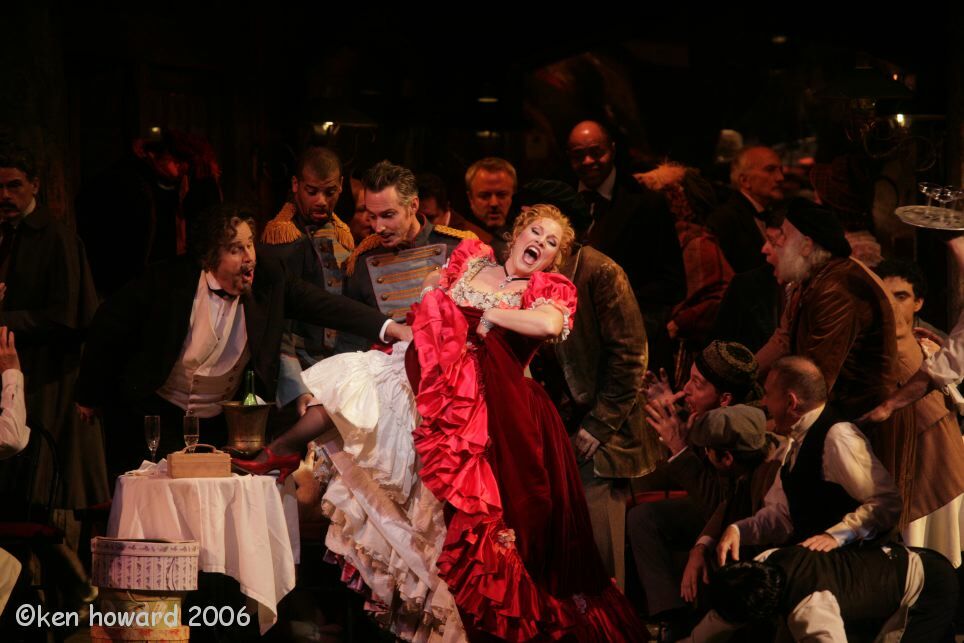She owes a similar debt of gratitude to the Central City Opera (CCO), a fellow Colorado Music Hall of Fame inductee. Lawrence’s time in CCO’s summer outreach program was highlighted by the chance to play the title role in The Ballad of Baby Doe – and her portrayal reduced a special guest, acclaimed diva Beverly Sills, to tears.
In 1984, Lawrence won the esteemed Metropolitan Opera National Council Auditions, and a few years later, she was accepted into the Lyric Opera of Chicago young artist program. The skills she honed at the Lyric led to her next big break: In 1989, she was asked to appear with the legendary Luciano Pavarotti in “Pavarotti Plus” at New York’s Lincoln Center. The showcase was the first of more than seventy onstage pairings with Pavarotti – and the connections didn’t end there. Echoing Pavarotti’s success with The Three Tenors, a supergroup that teamed him with Josè Carreras and Placido Domingo (with whom Lawrence would also vocalize), she joined Kathleen Cassello and Kallen Esperian in an acclaimed trio dubbed The Three Sopranos.
Along the way, Lawrence acted and sang as a principal artist at the Met, the Washington National Opera, the Paris Opera, Prague’s National Theater and other companies numbered among the planet’s finest. She earned plaudits for putting her personal stamp on a slew of the form’s greatest roles, including Roxanne in Cyrano de Bergerac, Mimi and Musetta in La Boheme, and Rosalinda in Die Fledermaus. But she has a special spot in her heart for Cio-Cio San in Madama Butterfly and made opera history by becoming the first to make the suicidal jump of Tosca’s title character backwards. Her personal record leap, at the Royal Albert Hall, measured 26 feet.




